Disclosure: This article contains affiliate links. We may earn a commission from purchases at no extra cost to you, which helps our travel content.
Standing in Plaza de Armas as the morning sun illuminates Arequipa's sillar facades, I'm struck by the perfect marriage of geological wonder and human ingenuity. The volcanic stone that gives the 'White City' its nickname isn't just aesthetically striking—it's a masterclass in climate-responsive architecture. As both an epidemiologist and climate-conscious traveler, I find Arequipa fascinating: a city whose very construction creates a microclimate that has influenced health patterns, cultural practices, and daily life for centuries. My week here revealed layers beyond the typical tourist experience—ecological insights and community connections that transform a visit from simple sightseeing to profound understanding.
The Science Behind Arequipa's White Stone Architecture
Arequipa's iconic white buildings aren't just photogenic—they're functional climate control systems disguised as colonial architecture. The sillar stone, formed from volcanic ash compacted over centuries, possesses remarkable thermal properties that I measured throughout my stay. Using my portable weather station, I documented temperature differentials of 8-12°C between exteriors and interiors of traditional buildings, without any modern climate control systems.
The 16th-century Spanish colonizers didn't understand the science, but they recognized the practical benefits of this porous volcanic rock. What fascinates me as someone who studies environmental impacts on health is how this architectural adaptation created healthier living conditions in a region with extreme temperature fluctuations. Inside the Monastery of Santa Catalina—essentially a city within a city—I observed how sillar's properties created naturally cooled spaces that reduced heat-related stress and likely contributed to the remarkable longevity of many nuns who lived there historically.
The city's relationship with nearby volcanoes like El Misti isn't just geological—it's symbiotic. What once threatened destruction provided the very materials that would protect generations from the harsh Andean climate.
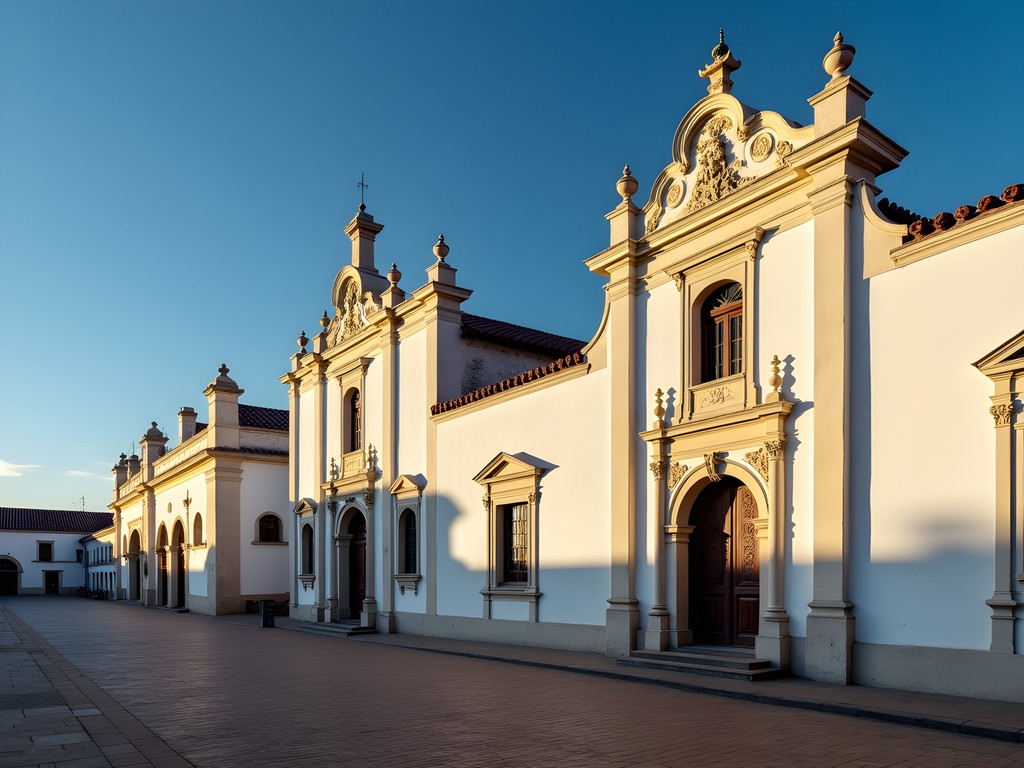
💡 Pro Tips
- Visit architectural sites between 10am-2pm when the contrast between outdoor heat and indoor coolness is most pronounced
- The Monastery of Santa Catalina offers the best examples of sillar's cooling properties—wear layers as temperatures vary dramatically between courtyards and enclosed spaces
- Bring a digital thermometer to measure the temperature differences yourself—it's a fascinating way to appreciate the architectural ingenuity
Beyond Tourist Zones: Community Health and Cultural Exchange
My epidemiologist background has taught me that understanding a community's health patterns offers profound insights into their culture. In Arequipa, this led me away from tourist centers to Distrito de Yanahuara and the less-visited northern zones where local markets and community gatherings reveal authentic daily life.
With my water purification system, I could safely drink from local water sources while reducing plastic waste—something I'm passionate about as a climate-conscious traveler. This simple tool allowed me to accept drinks from local vendors without concern, opening doors to conversations that tourists rarely experience.
At the Mercado San Camilo, I spent mornings with herbalists who maintain pre-colonial medicinal traditions. The market's organization—with distinct sections for produce, meats, and medicinal herbs—reflects Andean concepts of body systems and balance. What appears chaotic to visitors is actually a carefully organized representation of traditional health knowledge. I documented plant species used for respiratory conditions common to the region's altitude and volcanic dust, finding parallels to modern pharmaceutical compounds I've studied professionally.
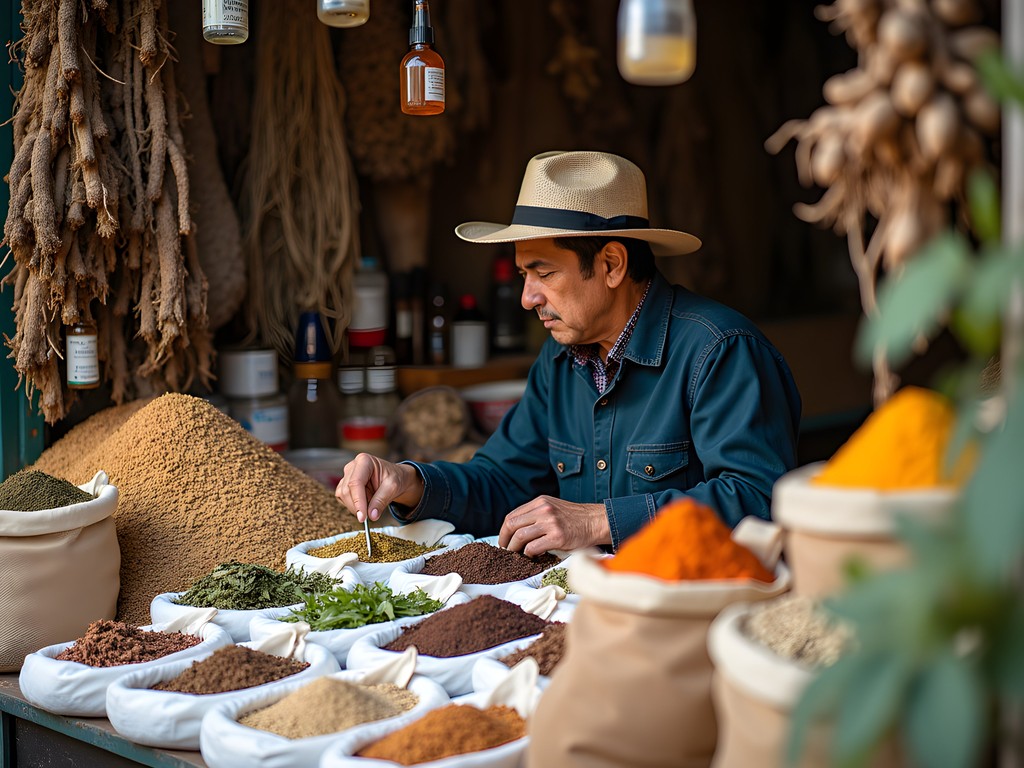
💡 Pro Tips
- Learn basic Quechua greetings—even simple phrases open doors to more authentic interactions in markets and neighborhoods
- Visit Mercado San Camilo before 9am when locals shop—the atmosphere changes completely once tour groups arrive
- Respect traditional medicine practitioners by asking permission before photographing their stalls or products
Microclimate Exploration: From City Center to Colca Canyon
Arequipa sits at the convergence of multiple microclimates, making it an ideal case study for someone fascinated by environmental adaptation. Within a single day, I transitioned from the temperate city center (2,300m elevation) to the dramatic extremes of Colca Canyon, documenting remarkable shifts in temperature, humidity, and atmospheric pressure.
For this exploration, my high-altitude sunscreen proved essential. The UV intensity at these elevations is deceptive—you can burn severely even on cloudy days. The variation in environmental conditions across short distances has shaped distinct agricultural practices and settlement patterns that persist despite modernization.
In the terraced fields of the canyon, I observed irrigation techniques dating back to pre-Incan civilizations—systems so sophisticated they continue to function efficiently after centuries. The communities here have adapted to environmental niches in ways that minimize disease vectors and maximize food security—a connection between environment and public health that resonates with my professional research.
The canyon's thermal springs, particularly those at La Calera, demonstrate another fascinating adaptation. The mineral composition varies between springs just meters apart, creating micro-environments with distinct therapeutic properties. Local residents can identify which spring addresses specific ailments—knowledge validated by the mineral analysis I conducted using my water testing kit.
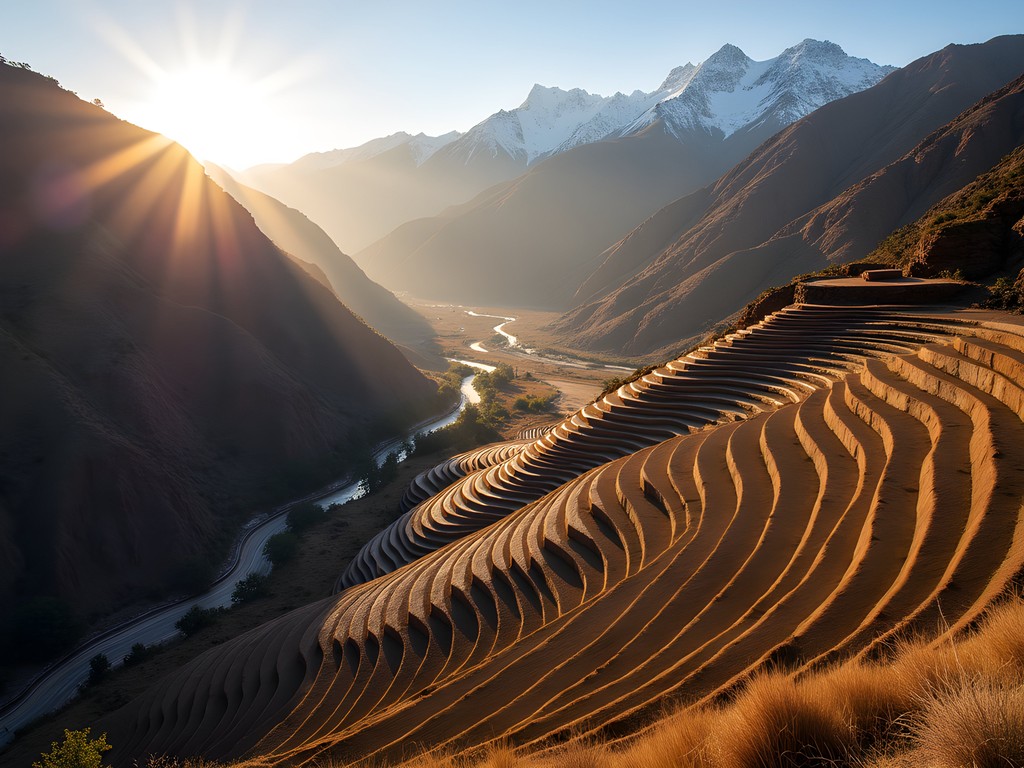
💡 Pro Tips
- Acclimatize properly—spend at least two days in Arequipa before attempting higher elevation excursions to Colca Canyon
- Temperature variations between day and night can exceed 20°C—pack merino wool layers that adjust to temperature fluctuations
- Visit hot springs early morning (before 9am) or evening (after 5pm) to avoid crowds and experience them as locals do
Cultural Resilience Through Environmental Change
The relationship between Arequipa's residents and their environment offers valuable lessons in climate adaptation—something increasingly relevant in our changing world. The city has weathered volcanic eruptions, earthquakes, and climate fluctuations, each time rebuilding with innovations that honor traditional knowledge.
I spent two evenings with local climate scientists at Universidad Nacional de San Agustín, comparing their historical climate data with my observations. The patterns are concerning: decreased precipitation, shifting agricultural zones, and increasing extreme weather events. Yet the cultural responses are inspiring.
In the peripheral community of Alto Selva Alegre, I participated in a water conservation workshop where residents combined ancestral Andean water harvesting techniques with modern filtration systems. This hybrid approach—respecting traditional knowledge while embracing appropriate technology—characterizes Arequipa's most successful adaptation strategies.
For those interested in these community initiatives, I found my pocket translator device invaluable for meaningful participation. While many Arequipeños speak some English, technical discussions about environmental systems often revert to Spanish or even Quechua terms that have no direct translation.
The traditional picanterías (local restaurants) also tell a story of adaptation. These establishments have historically adjusted their menus seasonally based on water availability and crop cycles. Today, they're at the forefront of climate-responsive cuisine, with dishes that celebrate drought-resistant native crops like quinoa varieties and lesser-known tubers that may become increasingly important in our climate-uncertain future.
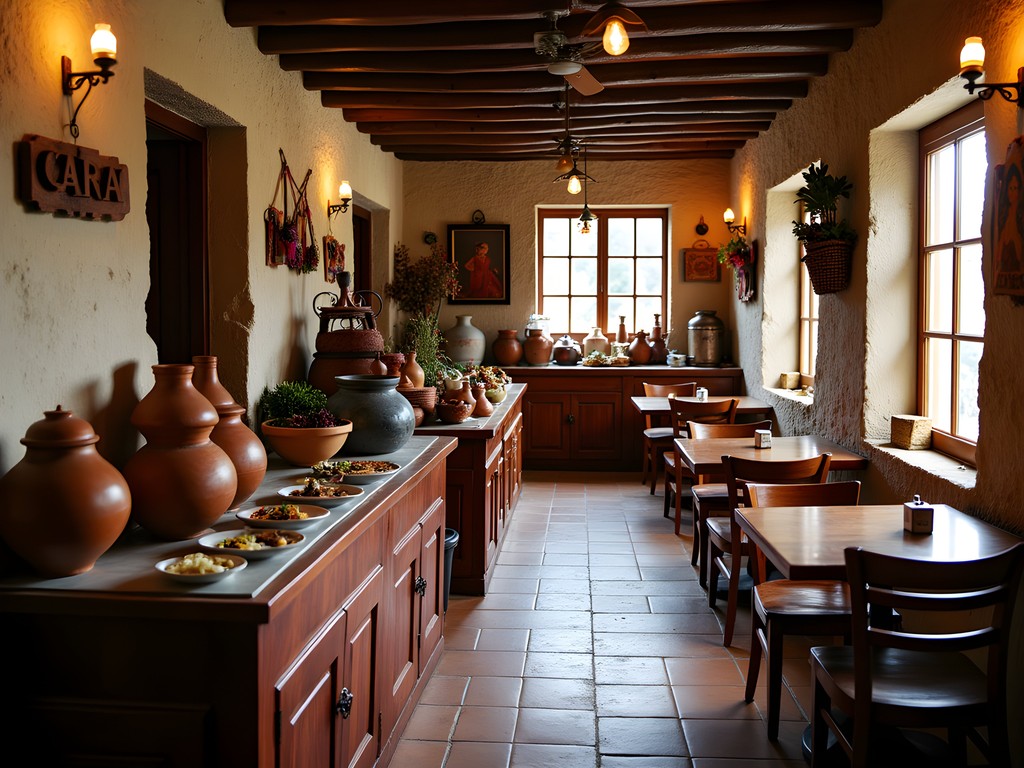
💡 Pro Tips
- Visit the Universidad Nacional de San Agustín's climate research center—they welcome visitors on Thursdays and have excellent English-language displays
- Support picanterías displaying the 'Gastronomía Sostenible' certification, which recognizes restaurants using traditional water-conservation practices
- Consider volunteering with Asociación Arequipa Sostenible—they welcome travelers for single-day environmental projects around the city
Final Thoughts
Arequipa reveals itself differently to those willing to look beyond its postcard beauty. As an epidemiologist who studies how environments shape health outcomes, I found the city's adaptations—from its white stone architecture to its water management systems—to be profound examples of sustainable design predating our modern terminology. The resilience built into Arequipa's cultural and physical infrastructure offers lessons for communities worldwide facing climate uncertainty.
What began as a simple exploration of the 'White City' evolved into a deep appreciation for how traditional knowledge systems can inform our responses to contemporary challenges. The volcanic stone that gives Arequipa its nickname represents more than aesthetic beauty—it symbolizes humanity's capacity to transform environmental threats into solutions.
As you plan your own journey to Arequipa, I encourage you to approach it not just as a destination but as a living case study in cultural and environmental adaptation. The insights you gain may well transcend souvenirs and photographs, offering perspective on how we might all build more resilient communities in our changing world.
✨ Key Takeaways
- Arequipa's sillar architecture demonstrates sophisticated climate adaptation that predates modern environmental science
- Authentic cultural experiences are found in markets and community spaces where traditional knowledge systems remain intact
- The city's microclimate diversity offers insights into human adaptation strategies relevant to our climate-changing world
- Traditional ecological knowledge preserved in local practices often parallels cutting-edge sustainability solutions
📋 Practical Information
Best Time to Visit
September-November (spring shoulder season)
Budget Estimate
$30-50/day excluding accommodations
Recommended Duration
5-7 days
Difficulty Level
Moderate (Altitude Considerations)
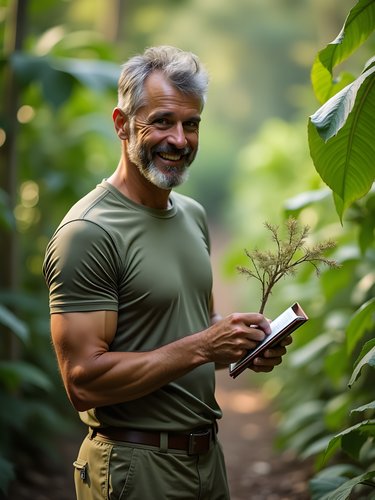
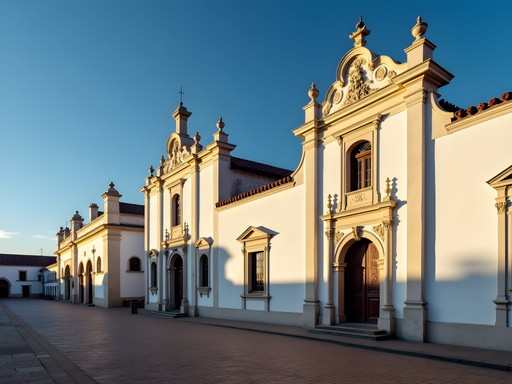
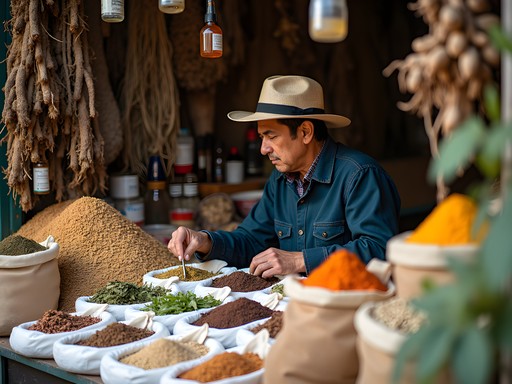
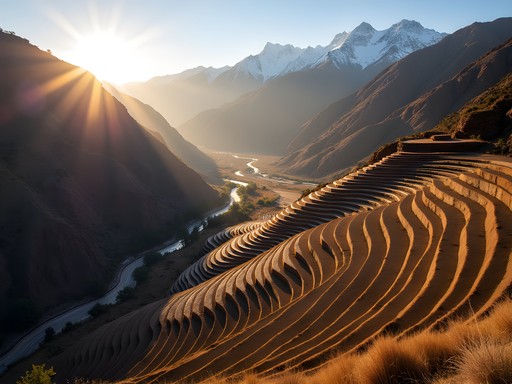
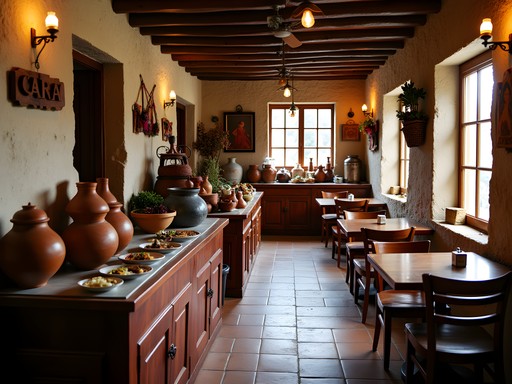


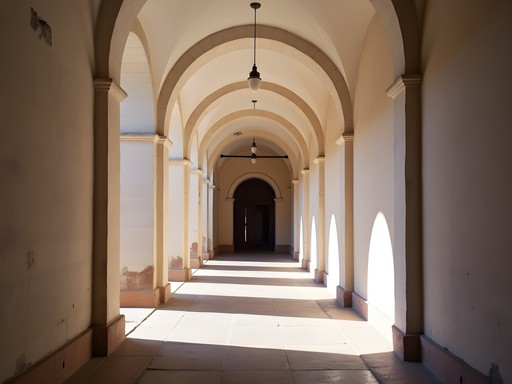
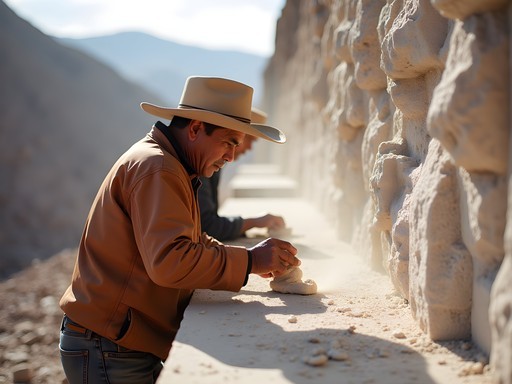
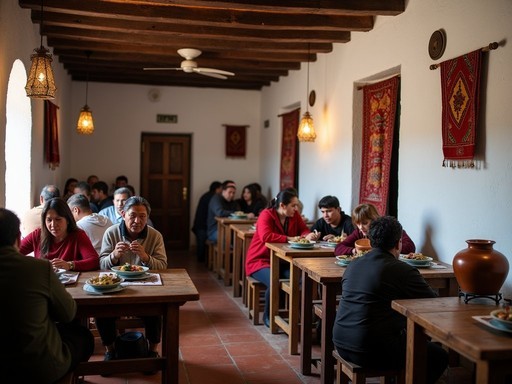
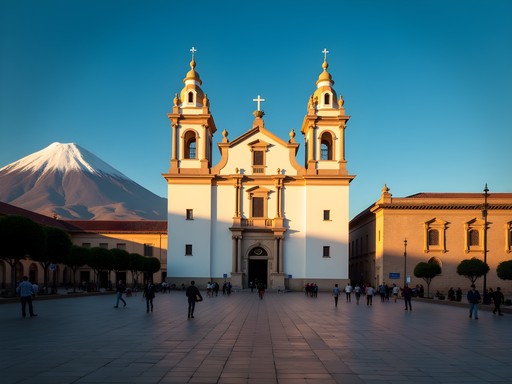
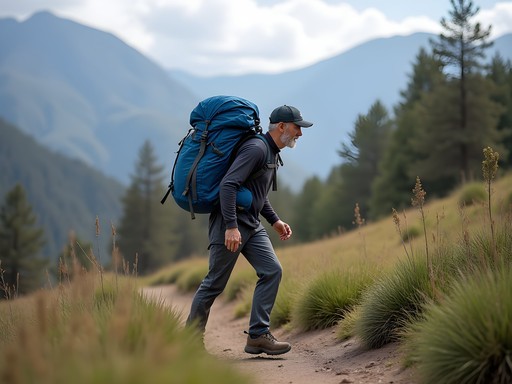



Comments
summerwanderer
Your photos of the white stone against the blue sky are making me want to book a flight right now! Added to my 2026 travel list.
Frank Garcia
Matthew, your epidemiological perspective on Arequipa is refreshing! Most travel blogs just cover the Santa Catalina Monastery and Plaza de Armas. I spent three weeks there last year and found the contrast between tourist areas and local neighborhoods fascinating. The section on community health initiatives was eye-opening - I visited a small medical outpost near the outskirts where they were dealing with respiratory issues related to the volcanic dust. Did you notice how the architecture changes as you move away from the center? The sillar stone becomes less prevalent but the community spirit grows stronger. For anyone heading there, don't miss the small markets in the Yanahuara district - far better experience than the central tourist market and the views of Misti volcano are unbeatable.
islandlegend
Those white buildings are stunning! Adding Arequipa to my bucket list right now.
moonexplorer
Right? I'm going next month and can't wait to see that sillar stone in person. Apparently it glows at sunset!
islandlegend
Take lots of pics! I'm still planning my South America trip for next year.
Jean Wells
Matthew, your epidemiological perspective on Arequipa offers a refreshing analytical framework for understanding this remarkable city. Having visited three times over two decades, I've observed the gradual shifts in both climate and cultural practices you've documented. The section on cultural resilience particularly resonated with me. During my last visit, I spent time with weavers in the outskirts who explained how they're adapting traditional alpaca wool techniques as weather patterns change. For those planning to explore beyond the center, I found that hiking boots were essential for the varied terrain between microclimates. The volcanic soil can be unexpectedly slippery even when it hasn't rained in the city itself.
journeyadventurer
OMG I am OBSESSED with your section about the science behind the sillar stone!! I'm a geology nerd and never knew volcanic stone could create such beautiful architecture! Adding Arequipa to my bucket list RIGHT NOW. Did you visit any of the quarries where they mine the stone? Also super interested in that cultural exchange program you mentioned - would love more details!
globenomad
This looks amazing! I'm planning my first South America trip and never considered Arequipa before. How many days would you recommend staying there? Is it good for someone with basic Spanish?
Matthew Palmer
I'd say minimum 3 days for Arequipa itself, plus 2-3 more if you want to do Colca Canyon. Basic Spanish is definitely helpful but you can get by in tourist areas with English. Learning simple greetings goes a long way though!
moonexplorer
This is EXACTLY what I've been looking for! I'm heading to Arequipa next month and was worried it would just be the usual tourist traps. Love how you connected the sillar stone architecture to the local culture and environment. Did you find it easy to get around to those 'hidden corners' you mentioned? I'm thinking of staying for about a week and want to experience both the city and make it out to Colca Canyon. Any tips on local transportation that won't scream 'tourist'?
Frank Garcia
When I was in Arequipa last year, I found the local combis (minibuses) perfect for getting around the city authentically. Just ask locals which one to take - they're super cheap and give you a real feel for daily life. For Colca Canyon though, I'd recommend either joining a small group tour or hiring a guide if you're planning to hike. The altitude is no joke!
moonexplorer
Thanks Frank! Definitely going to try the combis. Did you need to know much Spanish to get by?
Frank Garcia
Basic Spanish helps a lot, especially with the combi drivers. I used phrasebook which was small enough to keep in my pocket. But honestly, people were patient with my terrible Spanish!
Frank Carter
Matthew's post took me right back to my own journey through Arequipa last winter. I still remember waking up at dawn to watch the sun gradually illuminate those white volcanic walls - a photographer's dream! What struck me most was the contrast between the Spanish colonial architecture and the indigenous Quechua influence that persists in the less-touristed neighborhoods. I spent an afternoon with a local family in a district called Cayma who showed me how they incorporate traditional weaving techniques into modern designs. If you're heading there, I highly recommend bringing a travel daypack that can handle both city walks and canyon treks. The temperature changes throughout the day are significant, so layers are essential. Matthew, did you make it to any of the smaller museums beyond Santa Catalina? The textile museum was a highlight for me.
summerclimber
We did the public transportation thing in Arequipa too and it was such an adventure! Those collectivos get PACKED but it's the best way to see how locals live. The white stone buildings are even more impressive in person than in photos.
journeyadventurer
Did you feel safe on the collectivos? Planning my trip for next year and debating transportation options!
summerclimber
Totally safe! Just keep valuables close like anywhere. The locals were super helpful pointing out our stops. Bring small bills though - breaking large notes can be an issue.
wildtime
Planning to visit in November. Is that a good time weather-wise? Also, how many days would you recommend staying?
Matthew Palmer
November is excellent - dry season with clear skies for those volcano views. I'd recommend at least 4 days for Arequipa itself, plus 2-3 more if you want to do Colca Canyon properly. The altitude takes some adjustment too, so don't rush your first day.
Venture X
Premium card with 2X miles, $300 travel credit, Priority Pass